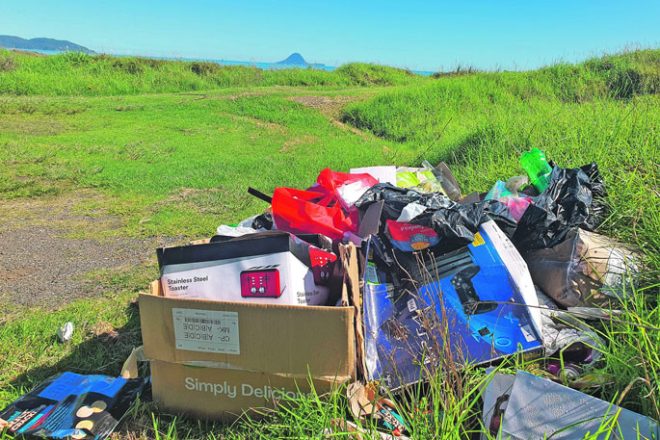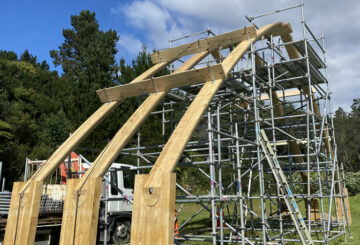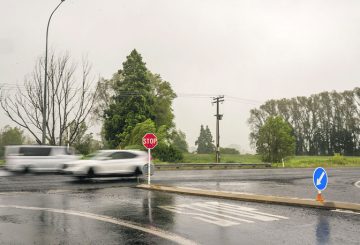화카타네 지역 의회는 이제 쓰레기 벌레에 대해 200달러 또는 400달러의 벌금을 부과할 수 있게 되었습니다.
지난주 전체 평의회 회의에서 평의원들은 불법적으로 버려진 쓰레기에 대한 침해 제도를 시행하기로 투표했습니다.
지방 의회는 1979년 쓰레기 법 (Litter Act) 에 따라 최대 400달러의 벌금을 부과할 수 있지만, 이를 위해서는 지방 의회가 침해 제도를 채택하기로 결의해야 합니다.
지금까지 화카타네의 의회 임원들이 플라이 팁에 대해 사람들에게 벌금을 부과할 수 있는 유일한 권한은 지방 법원에 소송을 제기하는 것뿐이었다.
이로 인해 최대 5,000달러의 벌금이 부과될 수 있지만 직원의 시간과 법적 비용이 소요되어 가장 심각한 범죄에만 적합했습니다.
지난달 열린 위원회 인프라 및 계획 위원회 회의에서 위원회 위원들에게 총괄 벌금 200달러가 제안되었습니다.
논의 중에 상습범이나 대규모 범죄에 대해서는 직원에게 더 많은 벌금을 부과하는 것이 제안되었습니다.
상습범에게는 더 큰 벌금이 부과되면 구별하기가 훨씬 쉬웠습니다.
시의원들은 쓰레기를 소유주의 동의 없이 공공 장소나 사적 장소에 보관하든 관계없이 첫 번째 위반에 대해 200달러의 벌금과 두 번째 위반에 대해서는 400달러의 벌금을 권고하고 투표했습니다.
경찰관의 쓰레기 청소 지시에 따르지 않을 경우 200달러의 벌금이 부과될 수도 있습니다.
크레딧: sunlive.co.nz






























































